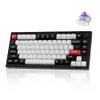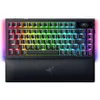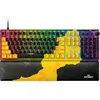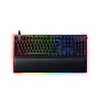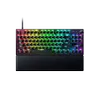Buying a gaming keyboard? Rapid Trigger and Snap Tap explained
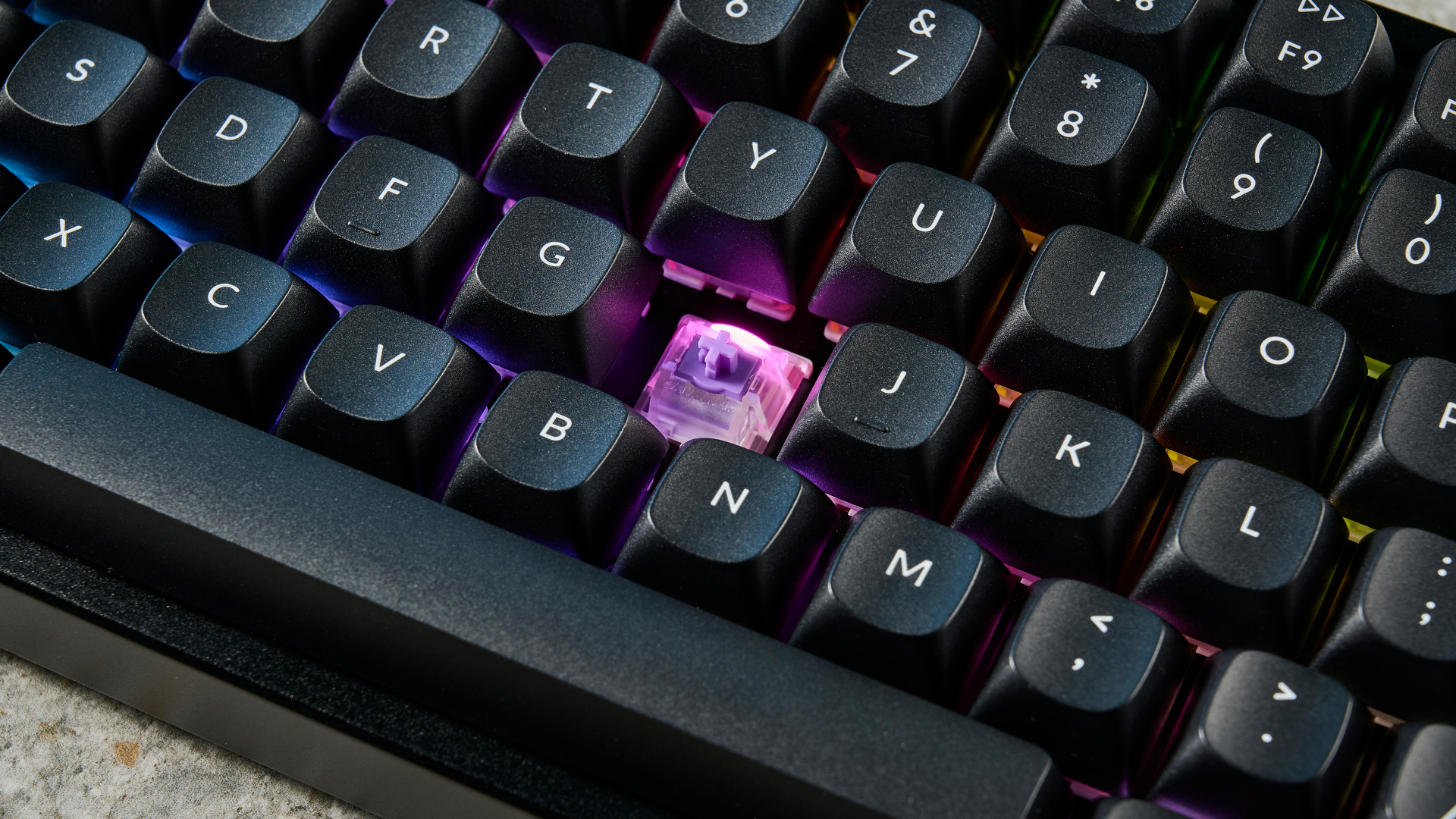
If you have recently got your hands on one of the best gaming keyboards, you've probably spotted one or two of hottest new features currently available — but they don't really have the most descriptive of names.
In my experience testing and reviewing gaming keyboards, I am no stranger to Rapid Trigger and Snap Tap, sworn by some of the highest-ranking professional gamers as truly game-changing.
While they are both specific to gaming keyboards, they fulfill very different functions. They will be both be more useful in different scenarios, by different people, and knowing the difference is important to making the most out of your mechanical keyboard.
So, what are these features, how do they work, and will they help you improve your gameplay? Let's find out.
What is Rapid Trigger?
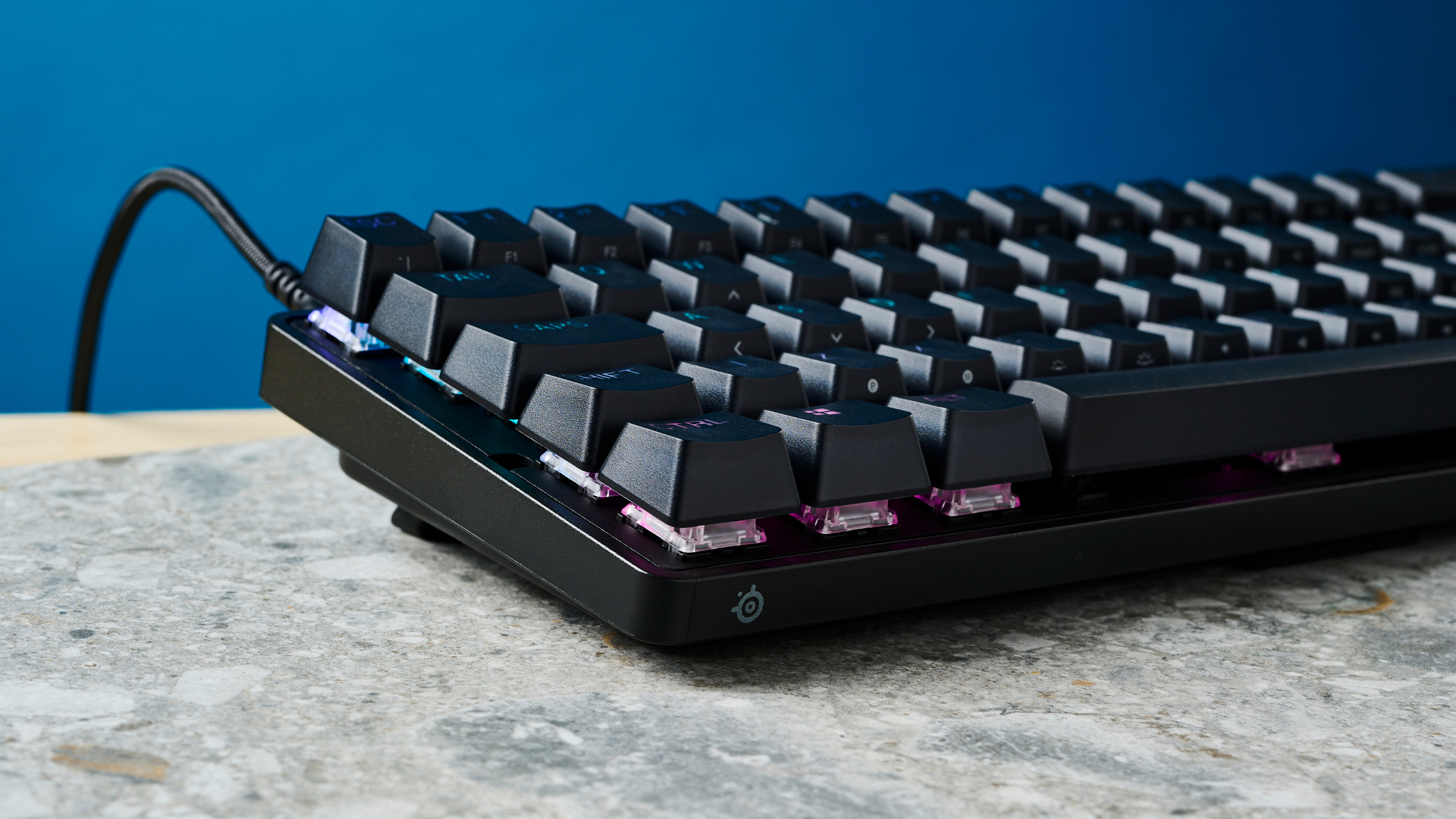
This one is pretty straightforward. the name implies, Rapid Trigger allows for faster keypresses in succession.
Usually, a typical mechanical keyboard switch will require you to press a key until it reaches a set point at which it activates (known as the actuation point.) The key will keep travelling past this point. Upon releasing the key, the switch will move upwards to a predetermined reset point, which then lets you press it again.
The way Rapid Trigger works is clever, though. You press down the key as usual, but upon releasing your press the switch will instantly reset, allowing you to press it again. It doesn't need to reach any point — any upwards movement of the key will reset the switch.
Get instant access to breaking news, the hottest reviews, great deals and helpful tips.
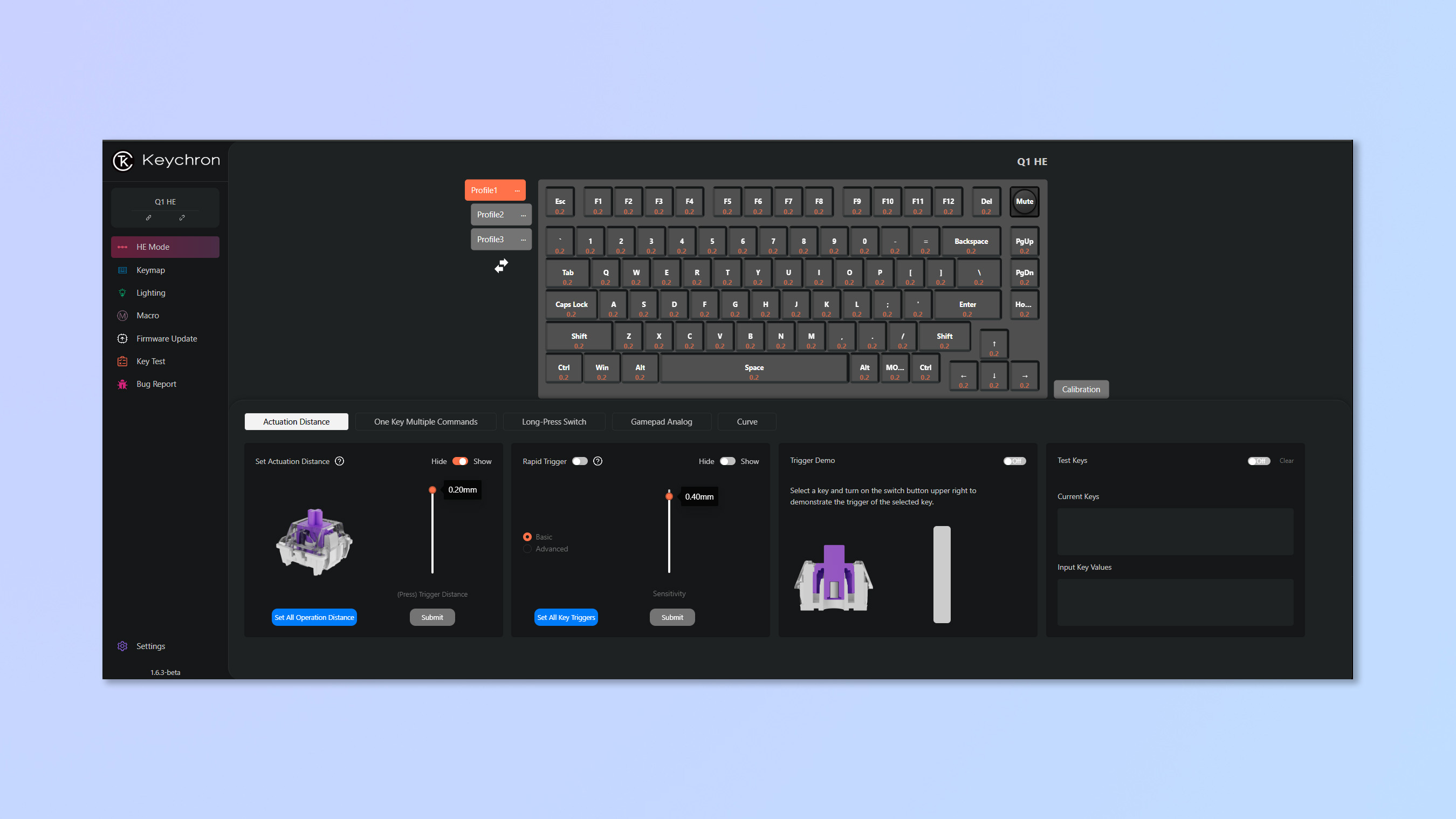
You will need a keyboard that allows for adjustable actuation in order to use Rapid Trigger. This is a feature commonly found on Hall Effect keyboards, which use magnetic switches that allow you to set the precise point at which they activate. These switches don't use traditional mechanisms to determine the reset point, so it can be continually and virtually adjusted.
Some of our favorite Hall Effect keyboards include the Keychron K2 HE ($130), and the SteelSeries Apex Pro ($199), both allowing you to individually set the actuation distance of your keys as low as 0.1mm. Some optical switch and special analog keyboards also feature Rapid Trigger, as they can detect exactly how far a key is pressed using a lazer or mechanism in the switch — you can see this in action on the Razer Huntsman V2.
What are the advantages of Rapid Trigger?
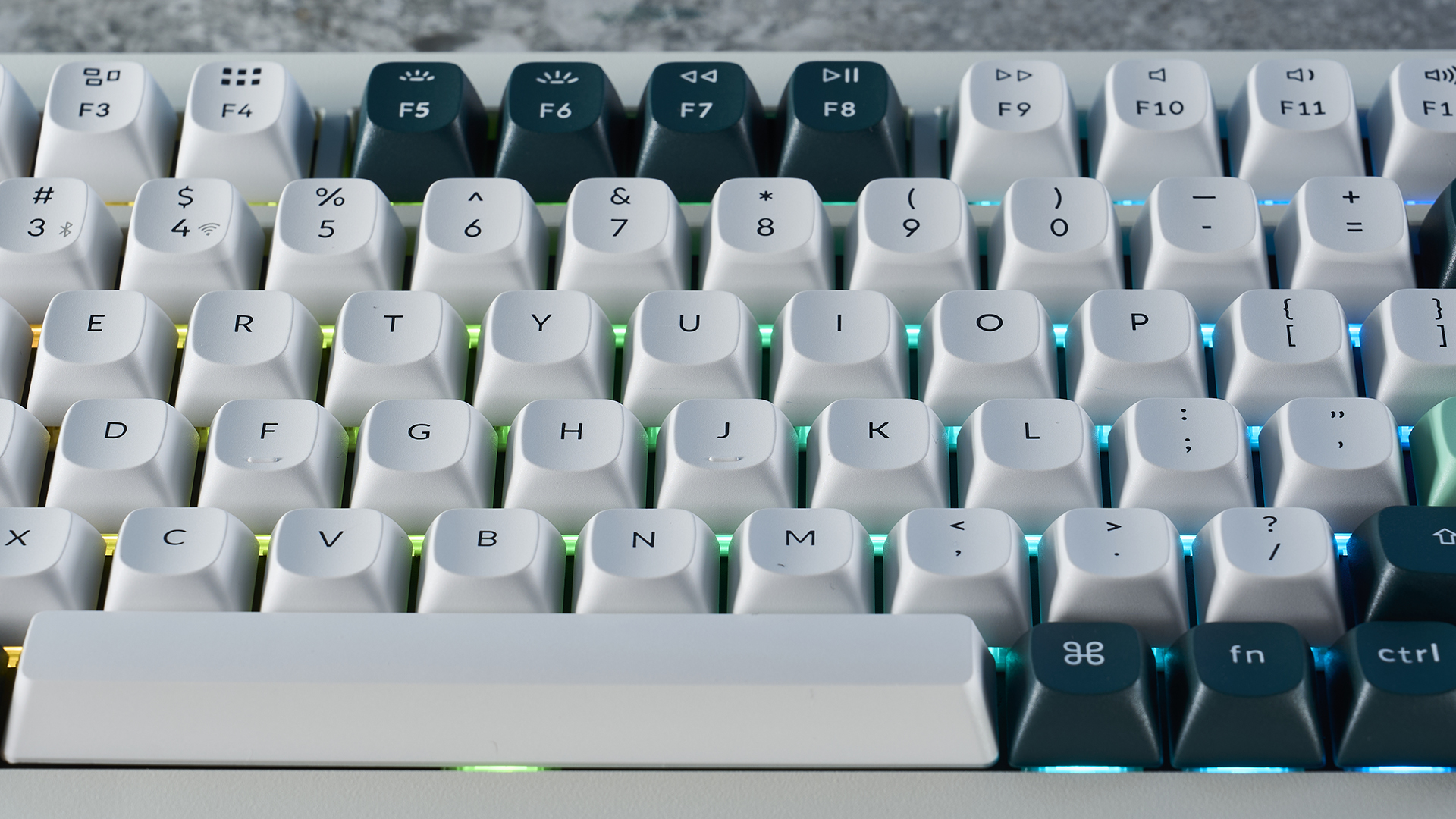
Rapid Trigger lets you button-spam away to your heart's content.
Not literally, but you'll notice an improvement to the response times of the keys, particularly in games that have a lot of rapid presses of the same keys. Humans struggle to have robotic consistency to button presses, and we are also fairly lazy — a system that allows us to avoid fully lifting a key means you're less likely to make mistakes in those crucial clutch rounds by not fully lifting your finger, or hesitating on a keystroke.
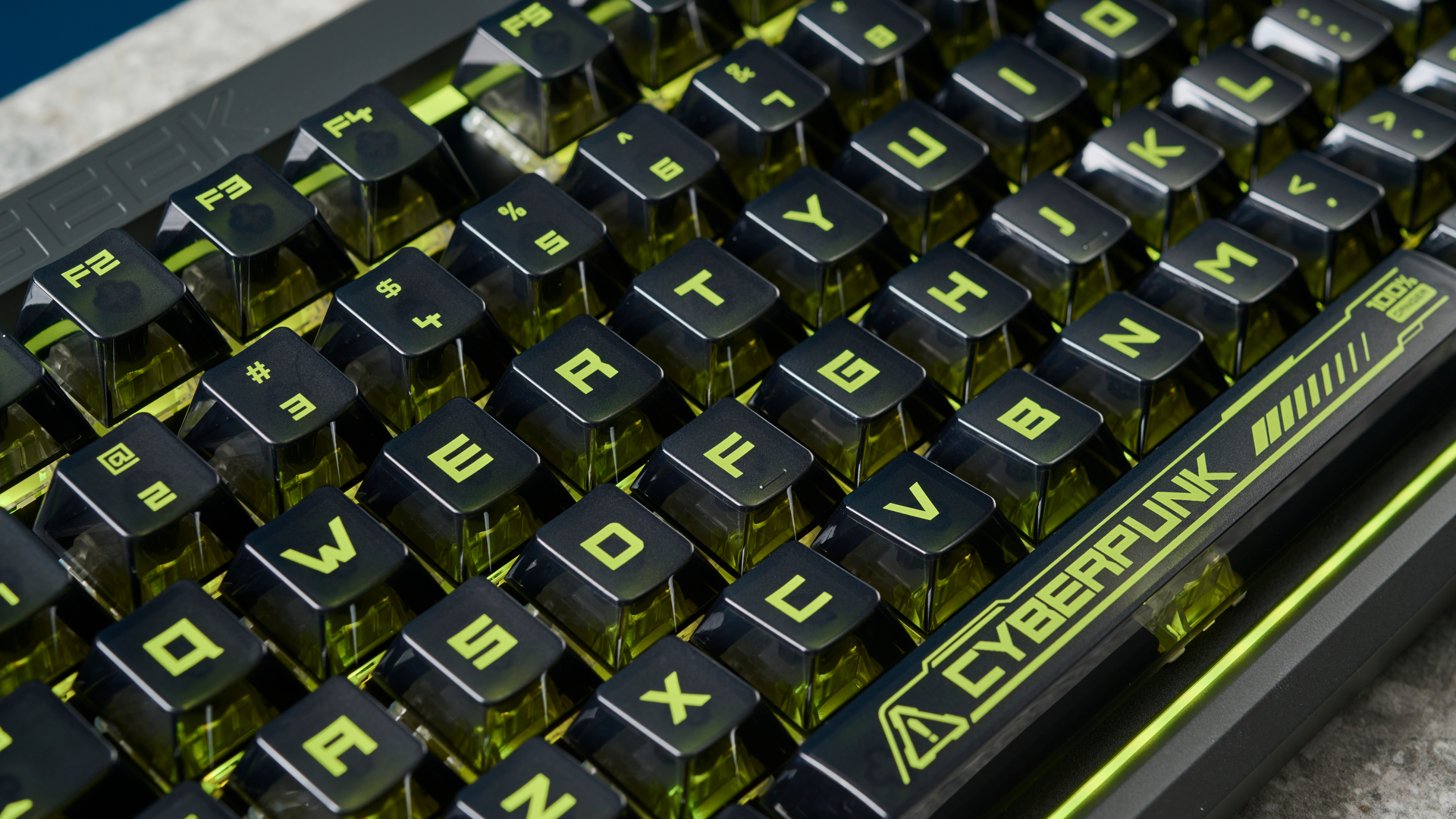
It also provides a big boost to tactical shooters, which prioritise standing still while shooting. You'll generally come to a stop much faster if the point at which you stop moving is as soon as you let go of a key, rather than until it rises to a set point.
We aren't talking a massive improvement here, but every little counts when it comes to clutching that game-winning round.
What is Snap Tap?
Snap Tap is a feature found on Razer keyboards, such as the BlackWidow V4 Pro 75% ($299) or the Huntsman V3 Pro ($249). It is a built-in SOCD (Simultaneous Opposite Cardinal Direction), which can be a confusing term to wrap your head around.
Basically, this changes how your keyboard prioritises keys. In most FPS games where you use WASD to move and strafe, like Counter Strike 2 or Valorant, you will frequently press A and D to peek corners. Holding both at once will cancel each other out, which will stop your character from moving. There is a pretty high skill ceiling in perfecting this, allowing you to quickly peek corners and return to safety.
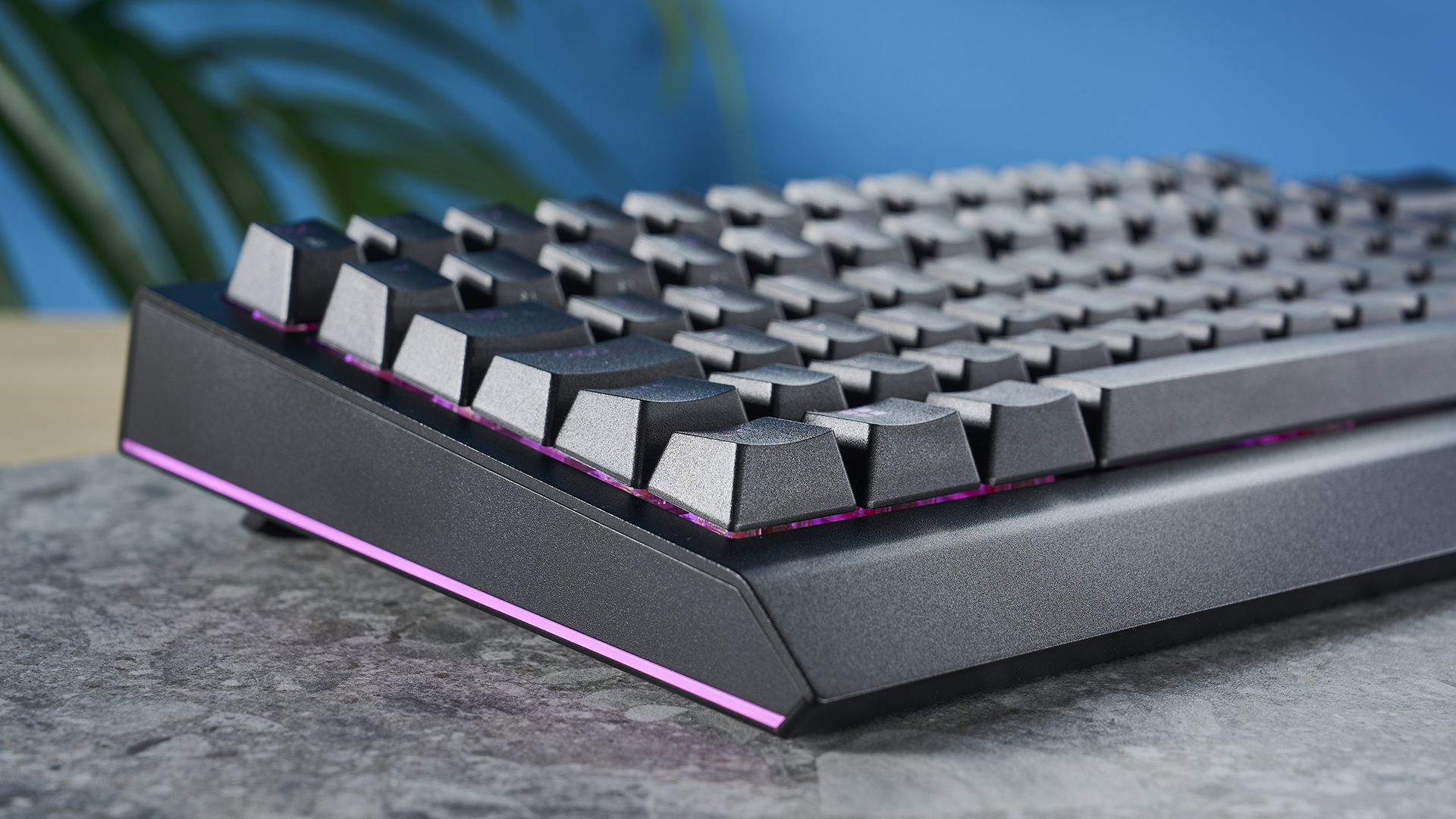
Snap tap removes a lot of the skill involved in this. It stops A and D from cancelling each other out, and instead will prioritise the last key pressed. If you're holding A to leap out at an unsuspecting enemy, you won't need to let go of A to go back behind cover with the D key.
It's a fairly niche feature, so this one is really for competitive FPS players. But the difference it makes is absolutely massive — your likelihood of winning a fight or getting that extra intel on a corner goes up significantly.
What are some similar features to Snap Tap?
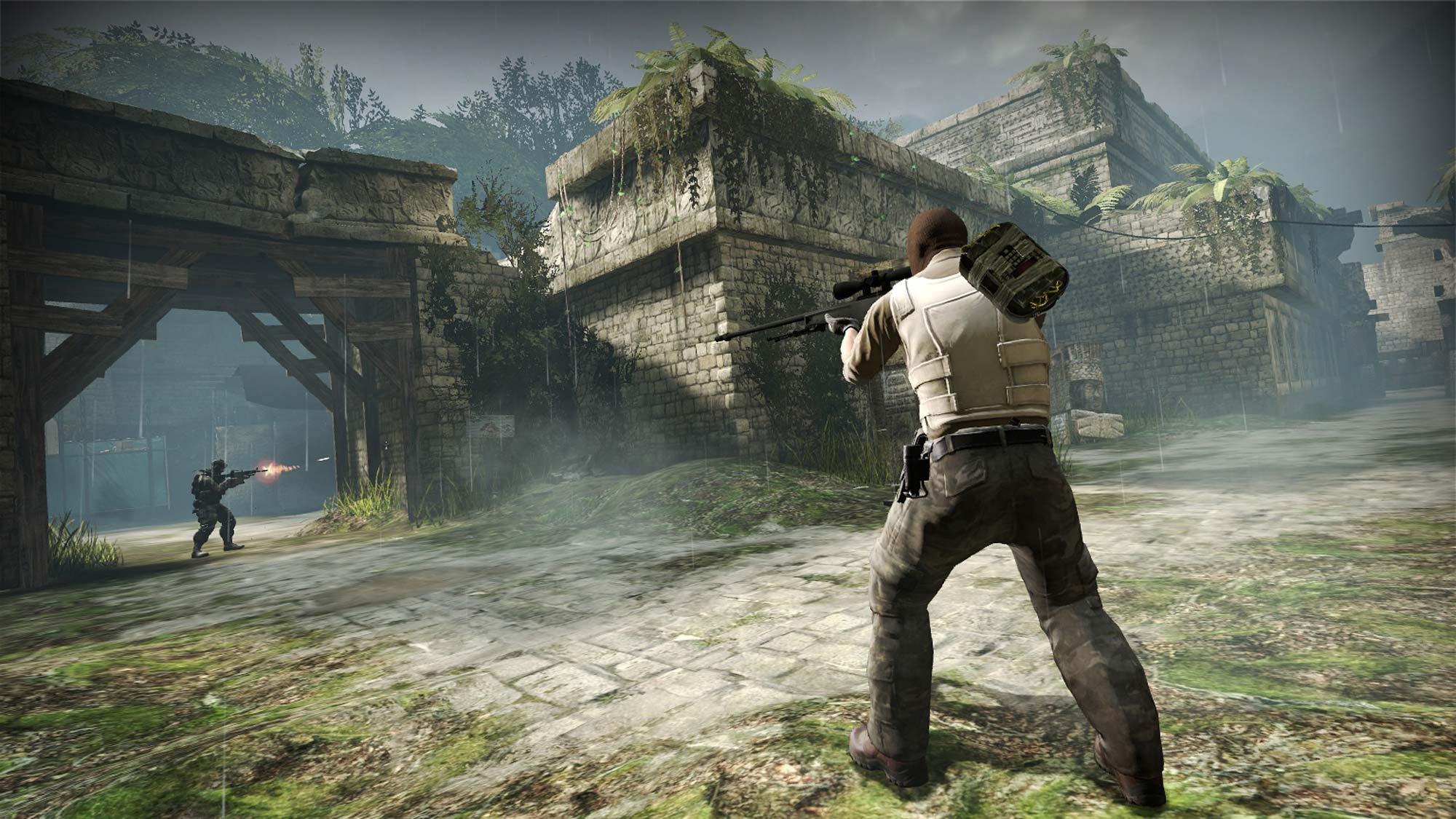
Snap Tap is the official, proprietary term for the ''null bind'' technology used by Razer keyboards. This is exactly the same as between as features by other manufacturers, such as Last Keystroke Prioritisation (LKP) on the Keychron Q1 HE or Snappy Tappy on the Wooting 60HE+, which can easily get confusing. Essentially, all of these can be classified as different takes on SOCD.
There are some differences on different boards. Since some recent news, which I will talk about in the next section, Wooting have come out with the (even more confusingly named) Rappy Snappy, which prioritises the switch that has been pressed further down than the other by comparing depth.
Can I get banned for using them?
Snap Tap, and many of the similar features available, has made headlines recently for being banned in Counter Strike 2. Null binds essentially act as an illegal, third party bind that give an extra advantage. The recent changes to Counter Strike 2 which removed heavily relied upon binds made Snap Tap one of the features that genuinely caused an unfair competitive disadvantage to those who used it.
Of course, you can still make use of the feature across other games, or if you ever needed a little extra help beating a singleplayer FPS title.
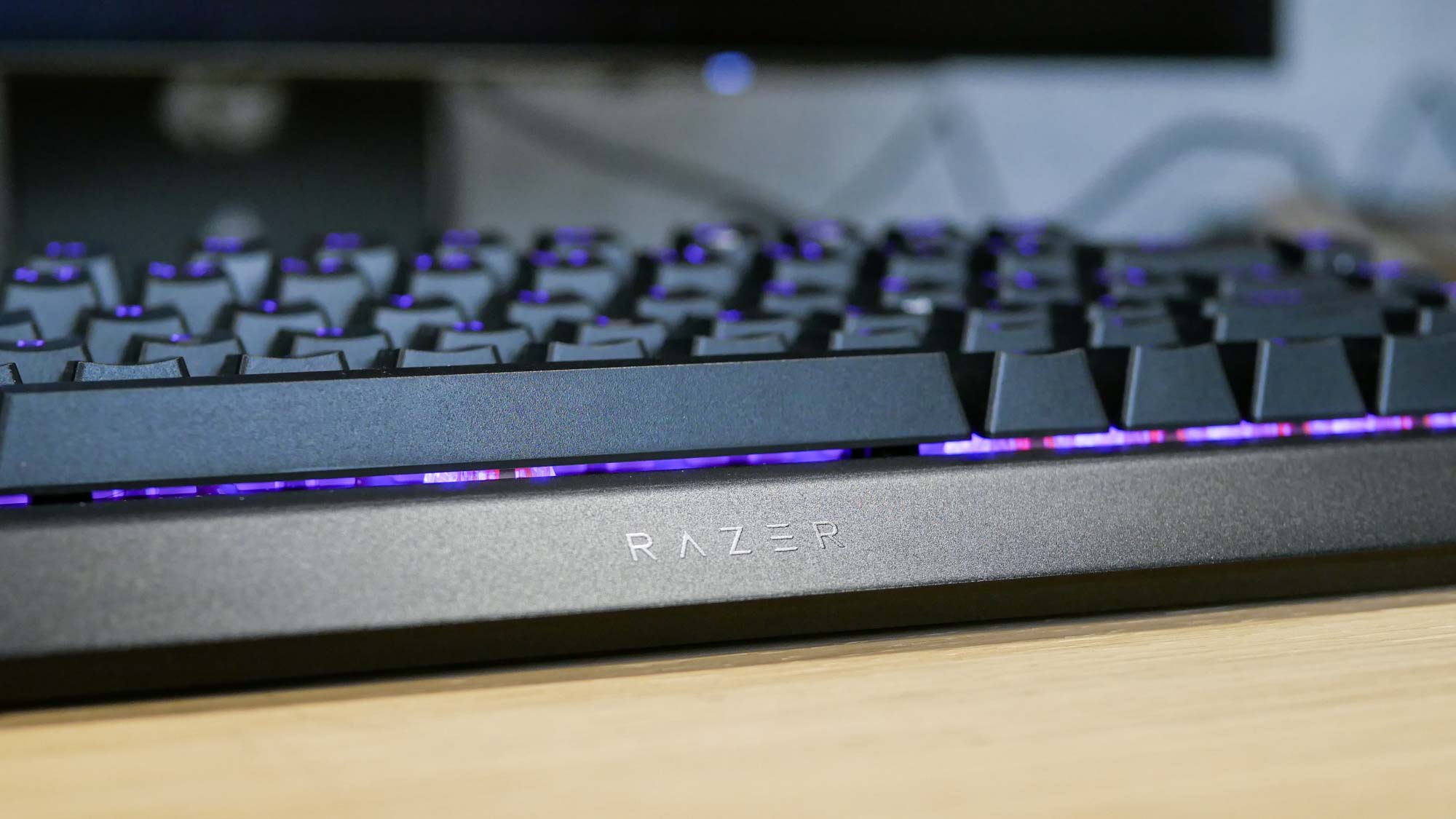
Don't worry about Rapid Trigger, though. Adjustable actuation points are not deemed to be cheating, and this likely won't change anytime soon. This is because it essentially relies on the existing advantages of adjustable actuation, albeit in a way that automatically makes changes to this on the fly. This isn't the same as binds (the infamous jump-throw keybind that has recently been removed in Counter Strike 2) or as abusing external software, but rather the hardware of the keyboard switch itself.
More from Tom's Guide
- The best gaming keyboard in 2024
- What is Angle Snapping?
- I just tested my favorite hybrid gaming keyboard of the year — and I can’t put it down

Eve is a Staff Writer on the Reviews team at Tom’s Guide. Her expertise centers around computing, and she loves testing out the very best high performance peripherals to help you make the right choice. With her experience working in IT and a love for gaming, she has an eye for function and efficiency— this is reflected in the time spent building and customizing her own desktop PCs. In her downtime, Eve is always on the lookout for new tech to give her a competitive edge in the latest games, or a boost in her daily productivity.
